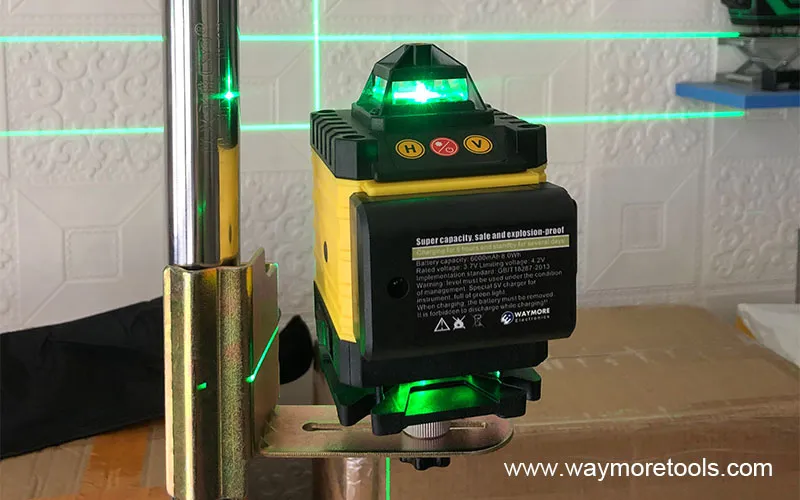
Table of Contents
- Enhancing Laser Beam Visibility in Sunlight: Techniques and Solutions
- Overcoming Sunlight Interference: Strategies for Clear Laser Projections
- The Science Behind Laser Beam Visibility in Bright Conditions
- Laser Level Visibility in Direct Sunlight: A Comprehensive Guide
- Tips and Tricks for Maximizing Laser Beam Visibility in Sunlight
- The Role of Laser Wavelength and Power in Sunlight Visibility
- Innovative Technologies for Improved Laser Beam Visibility in Bright Environments
Enhancing Laser Beam Visibility in Sunlight: Techniques and Solutions
**Enhancing Laser Beam Visibility in Sunlight: Techniques and Solutions**Laser levels have become indispensable tools in construction, surveying, and other industries. However, their visibility can be compromised in bright sunlight, making it challenging to accurately align and measure. To address this issue, manufacturers have developed various techniques and solutions to enhance laser beam visibility in sunlight.
One common approach is to increase the laser's power output. Higher-powered lasers emit brighter beams that can penetrate sunlight more effectively. However, this method can be limited by safety regulations and the potential for eye damage.
Another technique involves using a green laser diode instead of a red one. Green lasers have a shorter wavelength, which makes them more visible in sunlight. Additionally, green lasers are less likely to cause eye damage than red lasers.
Some laser levels incorporate a pulse modulation feature. By rapidly pulsing the laser beam, the peak power is increased, making the beam more visible in sunlight. This technique also reduces the risk of eye damage by limiting the exposure time.
Another solution is to use a laser beam expander. This device widens the laser beam, making it easier to see in bright conditions. Beam expanders can be attached to the laser level or used as a separate accessory.
For extreme sunlight conditions, laser levels with a built-in receiver can be employed. These receivers detect the laser beam and emit an audible or visual signal, indicating the beam's location. This method is particularly useful for long-range applications or when the laser beam is obstructed by obstacles.
In addition to these techniques, there are several practical steps that can be taken to improve laser beam visibility in sunlight. These include:
* Using a laser level with a high-contrast target or detector
* Positioning the laser level in a shaded area or using a shade to block direct sunlight
* Wearing polarized sunglasses to reduce glare
* Adjusting the laser level's brightness settings to optimize visibility
By implementing these techniques and solutions, users can significantly enhance the visibility of laser beams in bright sunlight, ensuring accurate and efficient measurements and alignment tasks.
Overcoming Sunlight Interference: Strategies for Clear Laser Projections
**Visibility of Laser Beams in Bright Sunlight of Laser Levels**Laser levels are indispensable tools for construction, renovation, and other precision tasks. However, their visibility can be compromised in bright sunlight, making it challenging to project accurate lines. This article explores strategies to overcome sunlight interference and ensure clear laser projections.
One effective method is to use a laser level with a high-power laser diode. Higher power lasers emit brighter beams that can penetrate sunlight more effectively. Additionally, laser levels with a green laser diode are more visible in bright conditions than those with a red laser diode. Green light has a shorter wavelength, which makes it less susceptible to scattering by atmospheric particles.
Another strategy is to employ a laser level with a pulse mode. Pulsed lasers emit short, intense bursts of light that can overcome sunlight interference. The pulses are so brief that they appear as continuous lines to the human eye, but they are bright enough to be visible in bright conditions.
Furthermore, using a laser level with a beam expander can increase the beam's diameter. A wider beam is less likely to be scattered by sunlight, resulting in improved visibility. Beam expanders are particularly useful for outdoor applications where sunlight interference is prevalent.
In addition to using high-power, green, and pulsed lasers, it is crucial to minimize sunlight interference by shielding the laser level from direct sunlight. This can be achieved by using a shade or umbrella to block the sun's rays. Alternatively, working in shaded areas or during overcast conditions can significantly reduce sunlight interference.
Finally, it is important to note that the visibility of laser beams in bright sunlight can vary depending on the ambient light conditions and the specific laser level being used. Therefore, it is advisable to test the laser level in the intended work environment before relying on it for critical tasks.
By implementing these strategies, users can overcome sunlight interference and ensure clear laser projections, enabling accurate and efficient work in bright outdoor conditions.
The Science Behind Laser Beam Visibility in Bright Conditions
**Visibility of Laser Beams in Bright Sunlight: The Science Behind Laser Beam Visibility in Bright Conditions**Laser levels have become indispensable tools in construction, surveying, and other industries, providing precise alignment and leveling capabilities. However, the visibility of laser beams in bright sunlight can be a challenge, especially in outdoor applications. Understanding the science behind laser beam visibility is crucial for optimizing their performance in such conditions.
The visibility of laser beams depends on several factors, including the wavelength, power, and beam divergence. Wavelength refers to the color of the laser light, with shorter wavelengths (e.g., blue and green) being more visible than longer wavelengths (e.g., red). Power, measured in milliwatts (mW), determines the intensity of the laser beam. Higher power lasers produce brighter beams that are more easily seen.
Beam divergence, on the other hand, refers to the spread of the laser beam as it travels. A laser with a narrow beam divergence will produce a more concentrated beam, while a laser with a wide beam divergence will produce a more diffuse beam. In bright sunlight, a narrow beam divergence is preferable as it reduces the amount of light scattered by the atmosphere.
Another factor that affects laser beam visibility is the presence of atmospheric particles. Dust, smoke, and other particles can scatter laser light, reducing its intensity and making it harder to see. In such conditions, using a laser with a higher power and a narrower beam divergence can help overcome the scattering effects.
Additionally, the use of laser line receivers can significantly enhance laser beam visibility in bright sunlight. These receivers are designed to detect the laser beam and project a bright line on the target surface, making it easier to see and align.
By understanding the science behind laser beam visibility, users can select the appropriate laser level and accessories to ensure optimal performance in bright sunlight. This knowledge empowers professionals to utilize laser levels effectively, even in challenging lighting conditions, ensuring accurate and efficient alignment and leveling tasks.
Laser Level Visibility in Direct Sunlight: A Comprehensive Guide
**Laser Level Visibility in Direct Sunlight: A Comprehensive Guide**Laser levels have become indispensable tools for construction, renovation, and DIY projects. However, their visibility can be compromised in bright sunlight, making it challenging to use them effectively. This article provides a comprehensive guide to understanding and enhancing laser level visibility in direct sunlight.
**Factors Affecting Laser Beam Visibility**
The visibility of laser beams in sunlight depends on several factors:
* **Laser Power:** Higher-powered lasers produce brighter beams that are more visible in bright conditions.
* **Wavelength:** Green lasers are generally more visible than red lasers in sunlight due to their shorter wavelength.
* **Beam Divergence:** Lasers with a narrower beam divergence produce more concentrated beams that are easier to see.
* **Atmospheric Conditions:** Haze, dust, and moisture can scatter laser beams, reducing their visibility.
**Enhancing Laser Level Visibility**
To improve laser level visibility in direct sunlight, consider the following techniques:
* **Use a Laser Detector:** Laser detectors are devices that amplify the laser beam, making it more visible. They are particularly useful for outdoor applications.
* **Wear Laser-Enhancing Glasses:** These glasses filter out ambient light, enhancing the contrast between the laser beam and the background.
* **Use a Target Plate:** A target plate with a reflective surface can be placed at the end of the laser beam to reflect it back towards the user, increasing its visibility.
* **Choose a Higher-Powered Laser:** Lasers with higher power output produce brighter beams that are more visible in sunlight.
* **Use a Green Laser:** Green lasers have a shorter wavelength than red lasers, making them more visible in bright conditions.
* **Minimize Atmospheric Interference:** Avoid using laser levels in areas with excessive haze, dust, or moisture.
**Additional Tips**
* **Calibrate the Laser Level:** Ensure that the laser level is properly calibrated to produce a straight and accurate beam.
* **Use a Tripod:** A tripod provides a stable base for the laser level, reducing vibrations that can affect beam visibility.
* **Avoid Direct Sunlight:** If possible, use the laser level in shaded areas or during overcast conditions.
* **Consider a Rotating Laser Level:** Rotating laser levels project a 360-degree beam, making it easier to see from different angles.
By understanding the factors affecting laser level visibility and implementing the techniques described above, you can significantly enhance the visibility of your laser beams in direct sunlight. This will ensure accurate and efficient use of your laser level for all your construction and renovation projects.
Tips and Tricks for Maximizing Laser Beam Visibility in Sunlight
**Visibility of Laser Beams in Bright Sunlight**Laser levels are indispensable tools for construction and renovation projects, providing precise alignment and leveling. However, their visibility can be compromised in bright sunlight, making it challenging to use them effectively. Here are some tips and tricks to maximize laser beam visibility in such conditions:
**Use a Laser Level with a High-Power Diode:**
The power of the laser diode directly affects the beam's intensity. Choose a laser level with a high-power diode, typically measured in milliwatts (mW). Higher power diodes produce brighter beams that are more visible in sunlight.
**Employ a Laser Detector:**
Laser detectors are handheld devices that amplify the laser beam's signal, making it easier to see. They are particularly useful in bright sunlight, where the naked eye may struggle to detect the beam.
**Use a Laser Enhancement Glasses:**
Laser enhancement glasses are designed to filter out ambient light and enhance the visibility of laser beams. They work by blocking out sunlight and other bright light sources, allowing the laser beam to stand out more clearly.
**Adjust the Laser Beam's Pulse Rate:**
Some laser levels allow you to adjust the pulse rate of the laser beam. A higher pulse rate produces a more visible beam in sunlight. However, it may also reduce the laser's range and accuracy.
**Use a Laser Target:**
Laser targets are reflective surfaces that can be placed at the end of the laser beam's path. They reflect the beam back towards the user, making it easier to see in bright sunlight.
**Consider Using a Green Laser:**
Green lasers are generally more visible in sunlight than red lasers. This is because the human eye is more sensitive to green light. However, green lasers may not be suitable for all applications, as they can be more difficult to see in low-light conditions.
**Avoid Direct Sunlight:**
If possible, avoid using laser levels in direct sunlight. Instead, try to position the laser level in a shaded area or use a canopy to block out the sun's rays.
**Use a Tripod:**
A tripod provides a stable platform for the laser level, reducing vibrations and ensuring that the beam remains visible in bright sunlight.
**Conclusion:**
By following these tips and tricks, you can significantly improve the visibility of laser beams in bright sunlight. This will allow you to use laser levels effectively for a wide range of construction and renovation projects, even in challenging lighting conditions.
The Role of Laser Wavelength and Power in Sunlight Visibility
**The Role of Laser Wavelength and Power in Sunlight Visibility of Laser Levels**Laser levels have become indispensable tools in construction, surveying, and other industries, providing precise alignment and leveling references. However, the visibility of laser beams in bright sunlight can be a challenge, especially for outdoor applications. This article explores the influence of laser wavelength and power on the visibility of laser beams in sunlight.
The wavelength of a laser beam determines its color and energy. Shorter wavelengths, such as blue and violet, are more visible in sunlight than longer wavelengths, such as red and infrared. This is because shorter wavelengths scatter more strongly in the atmosphere, creating a more noticeable beam.
The power of a laser beam also plays a crucial role in its visibility. Higher power lasers produce brighter beams that are more easily seen in sunlight. However, it is important to note that the power of a laser beam is limited by safety regulations to prevent eye damage.
The combination of wavelength and power determines the overall visibility of a laser beam in sunlight. For outdoor applications, lasers with shorter wavelengths and higher power are generally more visible. However, it is essential to consider the safety implications and adhere to the recommended power limits.
In addition to wavelength and power, other factors can also affect the visibility of laser beams in sunlight. These include atmospheric conditions, such as haze and fog, which can scatter and absorb laser light. The presence of reflective surfaces, such as mirrors or windows, can also enhance the visibility of laser beams by reflecting them towards the observer.
To improve the visibility of laser beams in sunlight, several strategies can be employed. Using lasers with shorter wavelengths and higher power within safety limits is a primary approach. Additionally, using laser glasses or filters can reduce glare and enhance the contrast between the laser beam and the background.
In conclusion, the visibility of laser beams in bright sunlight is influenced by the laser's wavelength and power. Shorter wavelengths and higher power lasers are generally more visible. However, safety regulations limit the power of laser beams, and other factors, such as atmospheric conditions and reflective surfaces, can also affect visibility. By understanding these factors and employing appropriate strategies, users can optimize the visibility of laser beams in outdoor applications.
Innovative Technologies for Improved Laser Beam Visibility in Bright Environments
**Visibility of Laser Beams in Bright Sunlight: Innovative Technologies for Enhanced Visibility**Laser levels have revolutionized construction and renovation projects, providing precise alignment and leveling capabilities. However, the visibility of laser beams in bright sunlight has often been a challenge, limiting their effectiveness in outdoor applications. To address this issue, innovative technologies have emerged to enhance laser beam visibility in challenging lighting conditions.
One such technology is the use of green laser diodes. Green lasers emit light at a wavelength that is more visible to the human eye than traditional red lasers, particularly in bright sunlight. This increased visibility allows users to easily locate and follow the laser beam, even in direct sunlight.
Another approach is the incorporation of pulse modulation techniques. By rapidly pulsing the laser beam, the peak power is increased, making it more visible to the eye. This technique effectively compensates for the reduced visibility caused by bright sunlight.
Additionally, the use of beam expanders can significantly improve laser beam visibility. Beam expanders increase the diameter of the laser beam, making it more noticeable and easier to follow. This is particularly beneficial in outdoor environments where the laser beam may be spread over a wider area.
Furthermore, the integration of digital signal processing (DSP) algorithms can enhance laser beam visibility by reducing noise and improving the signal-to-noise ratio. DSP algorithms can also be used to adjust the laser beam's intensity and pulse rate, optimizing its visibility for different lighting conditions.
In addition to these technological advancements, the use of laser line generators has also gained popularity. Laser line generators project a thin, visible line of laser light, which is particularly useful for leveling and alignment tasks. The line projection provides a clear and precise reference point, even in bright sunlight.
By incorporating these innovative technologies, laser levels have become increasingly effective in outdoor applications. The enhanced visibility of laser beams in bright sunlight allows users to work more efficiently and accurately, regardless of the lighting conditions. These advancements have significantly expanded the capabilities of laser levels, making them indispensable tools for construction and renovation professionals.
 Waymore Tools
Waymore Tools
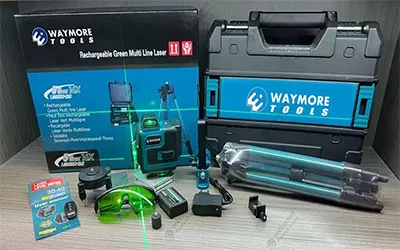
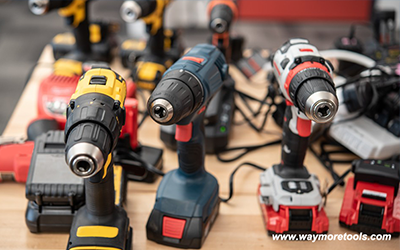
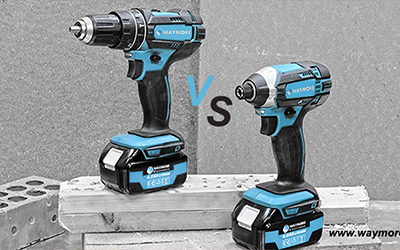
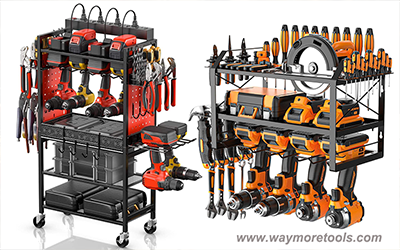
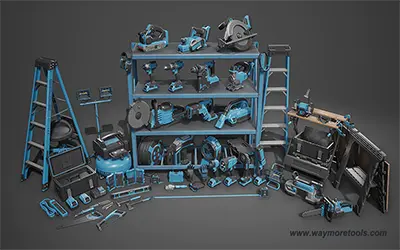
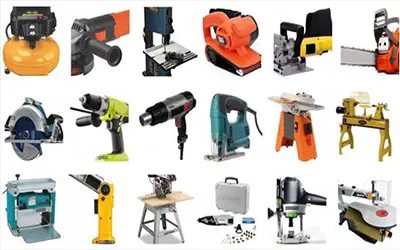





















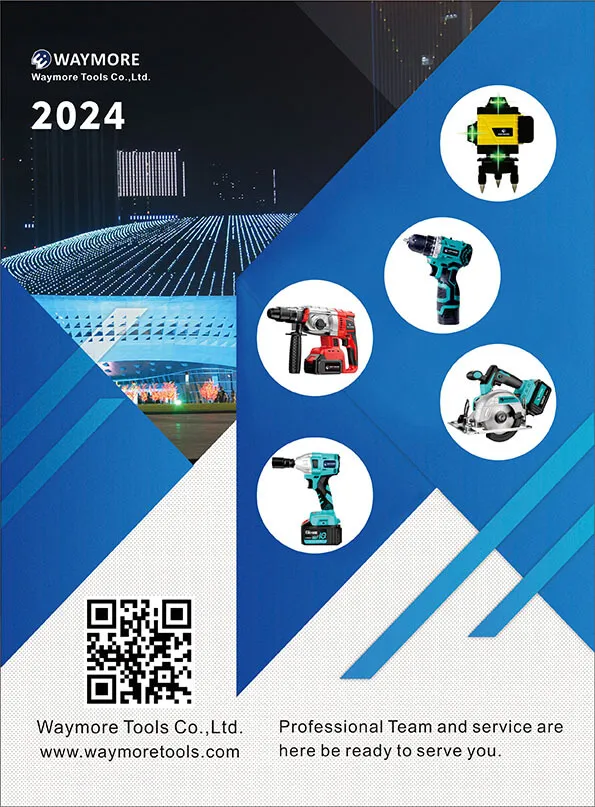












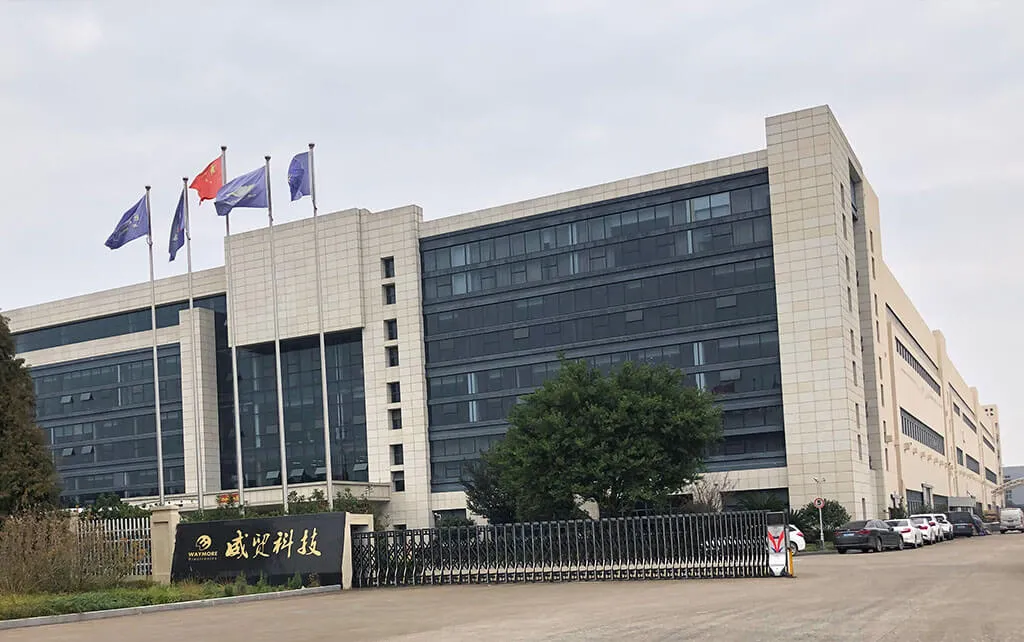











































































































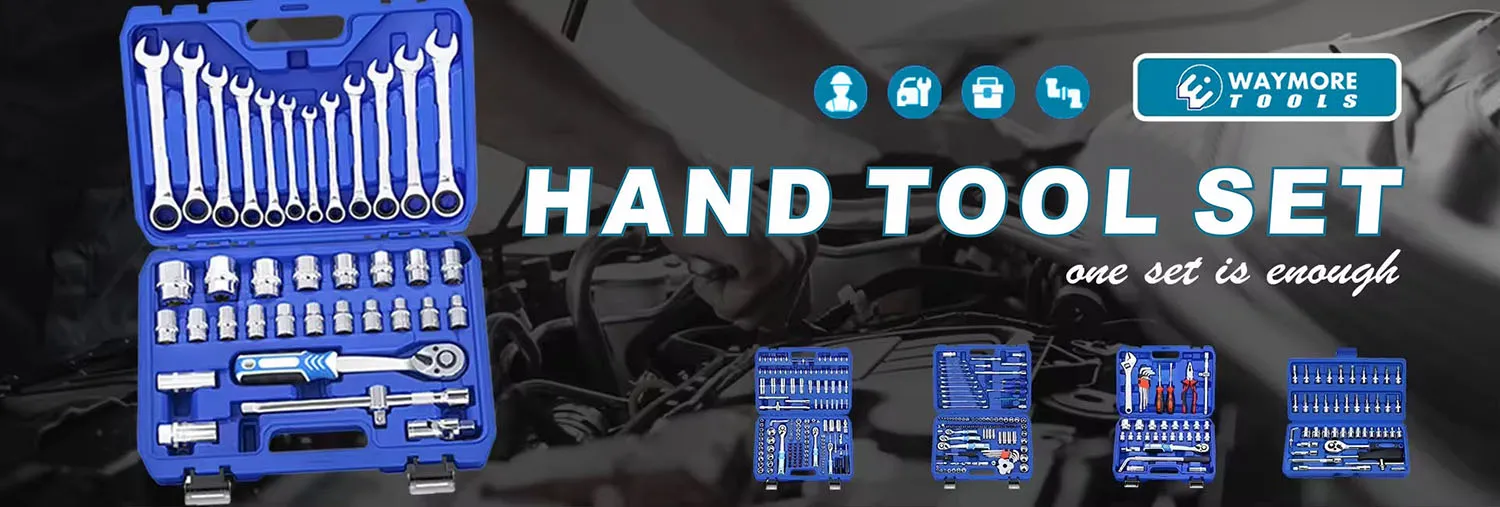























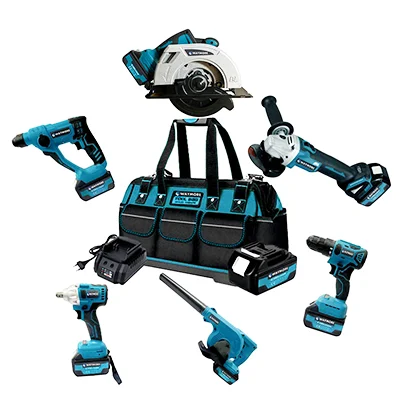
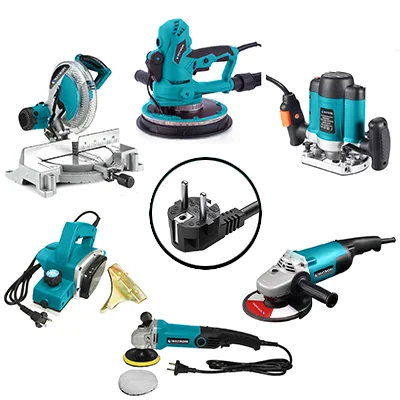
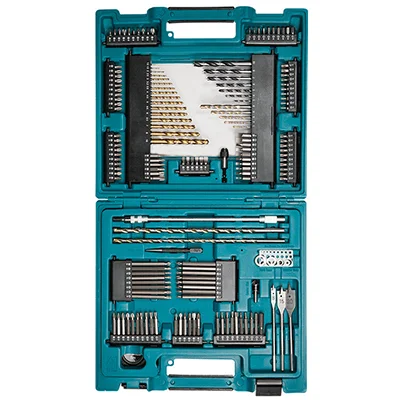
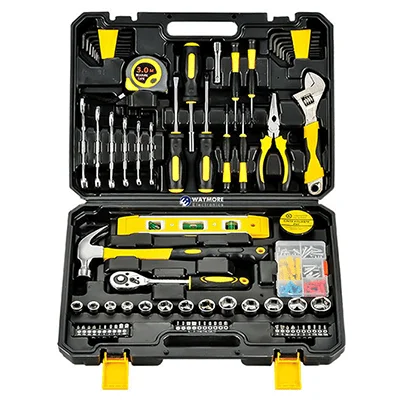
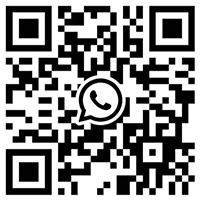
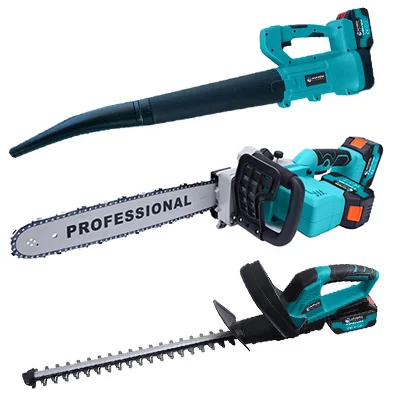

Leave a Comment